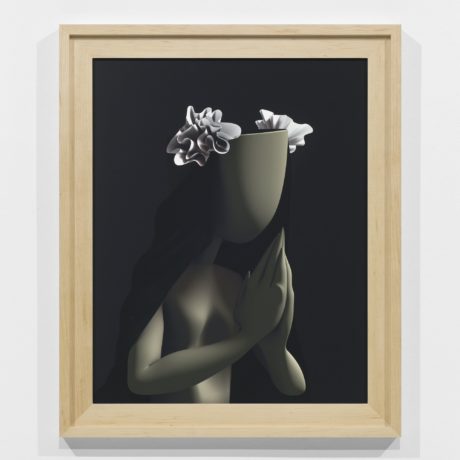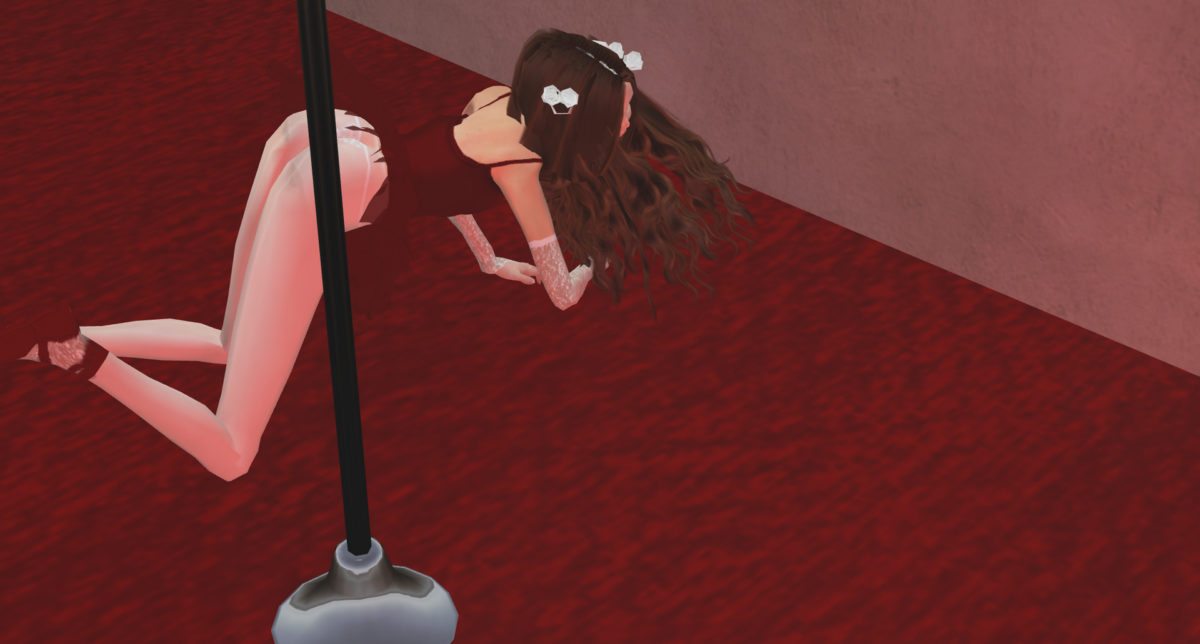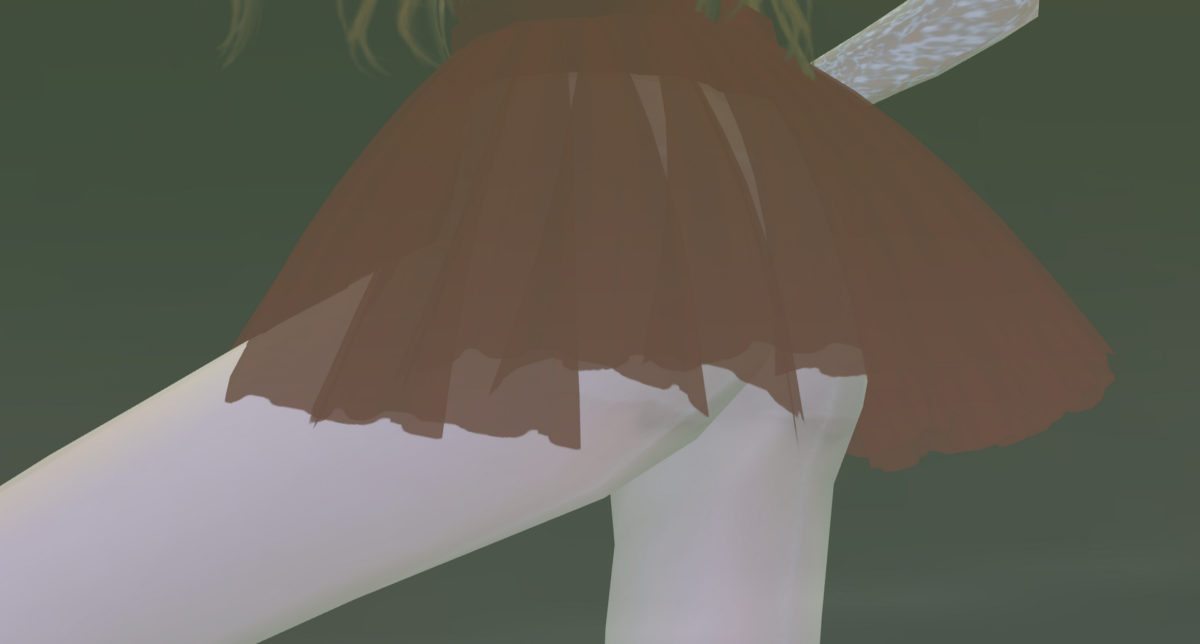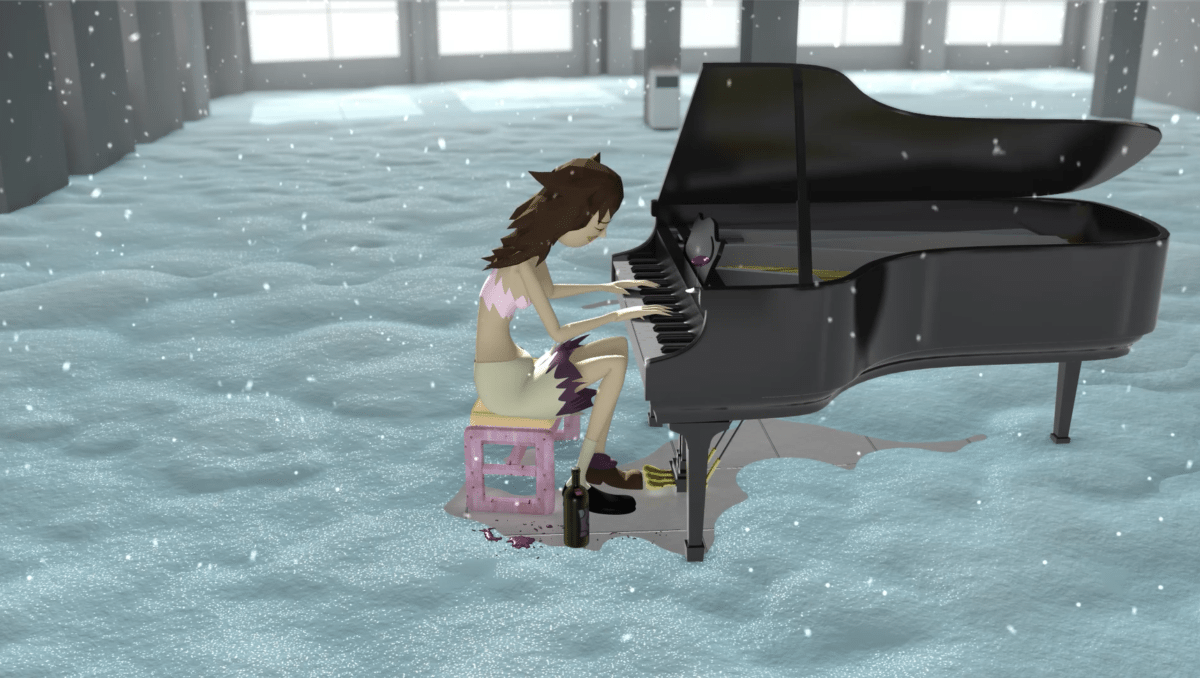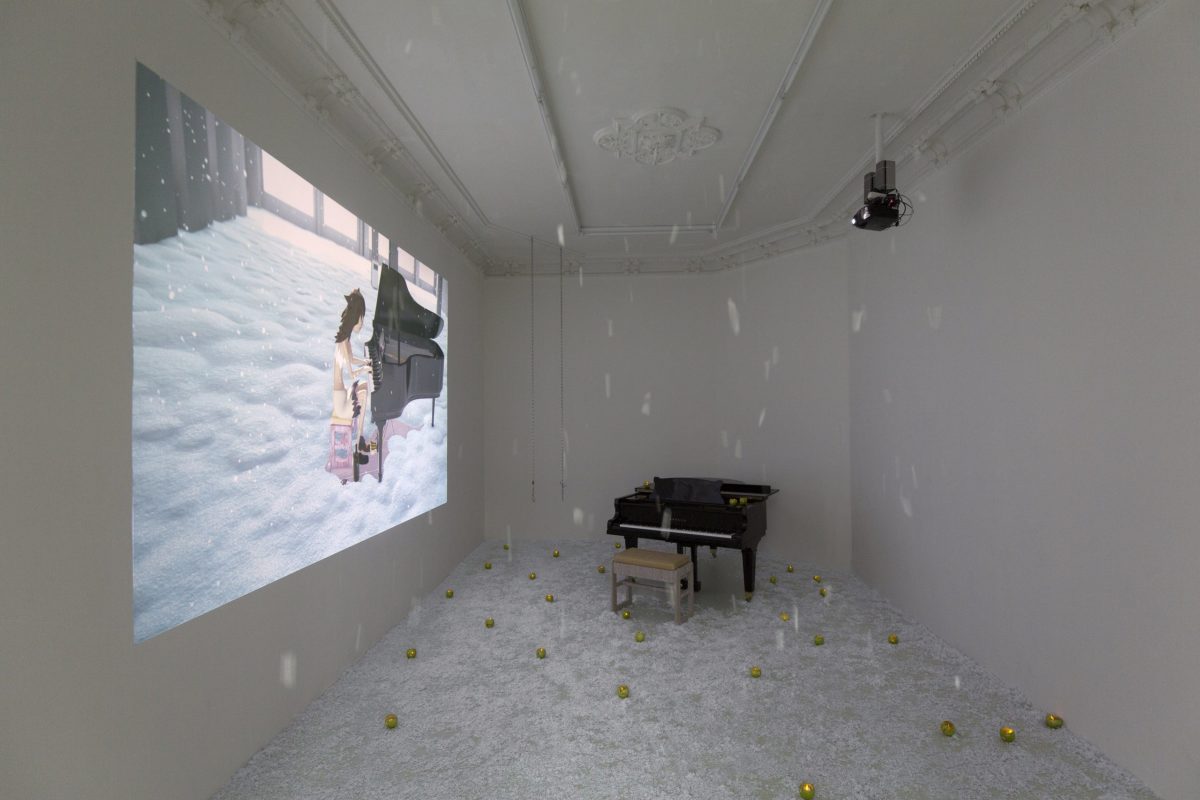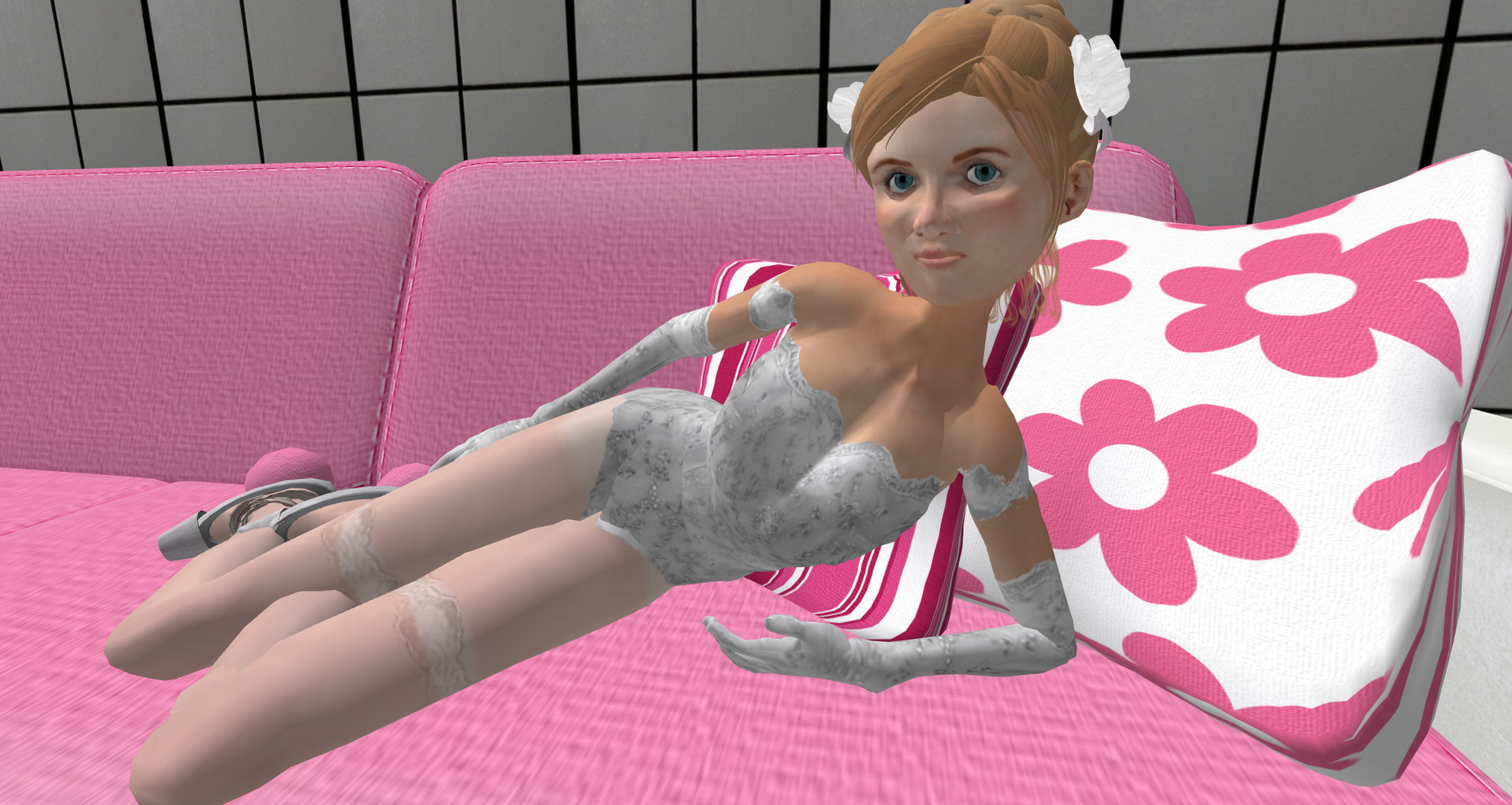
“Online I have been Emr006, emr007, emr008, Catgirl462, catnip4, Serineana, Biff Brannon, Muffy Summers, Bunny Winterwolf, bunrogers, and the list goes on”. To this day, Bunny Rogers holds intimate links to her numerous online avatars—she’s an artist who, despite being exhibited internationally and currently showing a series of prints at the Fondation Louis Vuitton, Paris, is still amazed to find herself in galleries, “I really do see myself as part of that group of artists online, the ones who are using DeviantArt, making drawings and writing books about their Neopets, or making websites about trivial things that noone’s ever going to look at”.
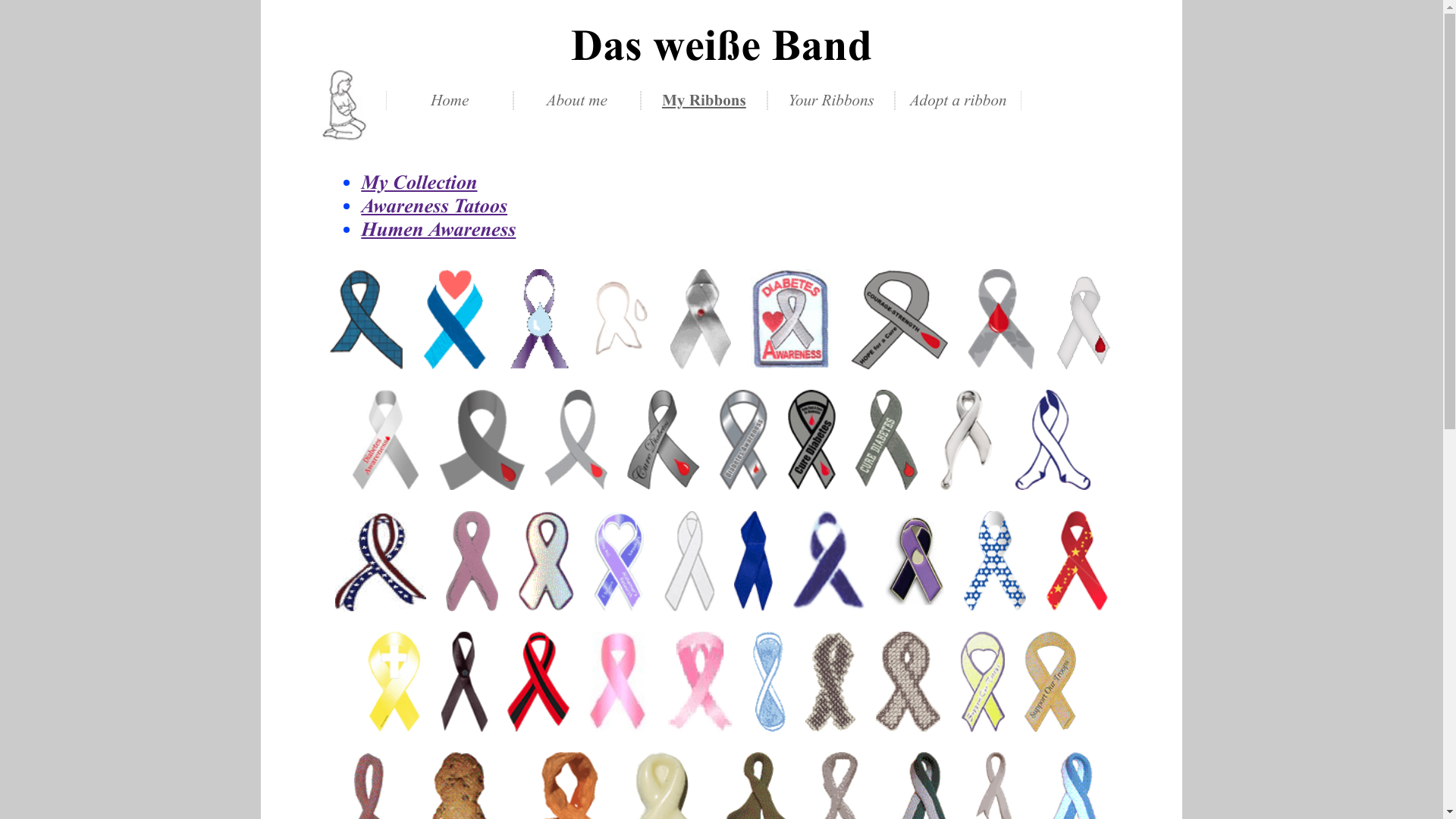
It was a “trivial website” that first introduced to me to her work, Das weiße Band, an archive of ribbons she’s found over the years. Originally, each ribbon was made and worn to raise awareness for a cause or denote an act to remember; “Fight Cancer”, “Cure Diabetes”, “Support our Troops”. Collected together they speak of a person fascinated by the online expression of community and identification, of trauma and remembrance. I met with Rogers IRL at the foundation to hear more about her practice and the obsessions that drive it; “relationships, world issues, or the day-to-day self-hatred, you know, my norm”
- 9years, ongoing
She tells me that, from the beginning, going online meant freedom from isolation, “I grew up on the internet in communities of people that felt very alone, including myself, only to find that we weren’t as alone as we thought. That didn’t register until later, but I do think it helped me come out of my shell”. She describes her artistic and personal development in terms of movement through online communities; in 1997, around the age of eight, she started drawing on AOL Kids, before moving to Neopets.com in 2000, later realizing, “I cared less and less about the images of these fictional pets and more about the relationships I was forming with other users, and that graduated into the RPG focused Furcadia, and finally Second Life”.
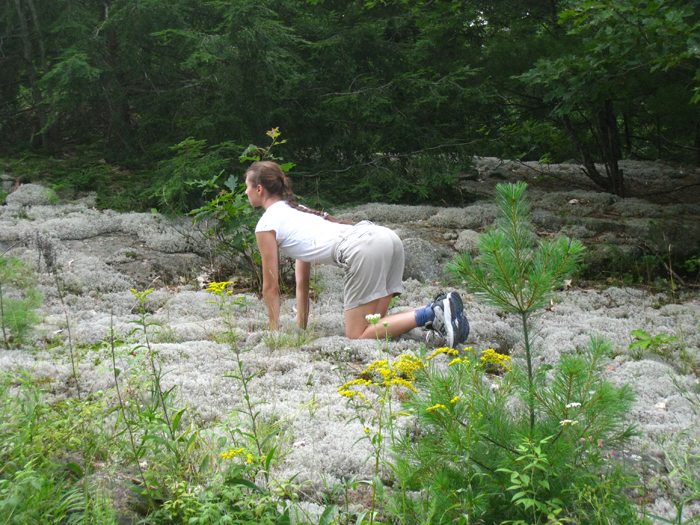
Her position between these role playing communities and the art world allows Rogers to explore and test in public the boundaries of private languages, accepted behaviours, and appropriate subject matter. Often these are explicit; her ongoing blog 9years features screenshots of her Second Life avatar Bunny Winterwolf manipulated into sexualised poses—it’s pornography, albeit non-human. In other pieces it becomes unclear whether the practice she engages in is done to satisfy a fetish. In Pones (2010), “In which Filip Olszewski takes photos of me ‘poning’ in various settings”, Rogers herself poses for the camera in nondescript suburbs and parks, adopting a rigid kneeling position reminiscent of an horse. These behaviours and images can help create a sense of belonging within a group, but simultaneously divide those inside from those outside, creating barriers to understanding the emotional experiences of these spaces.
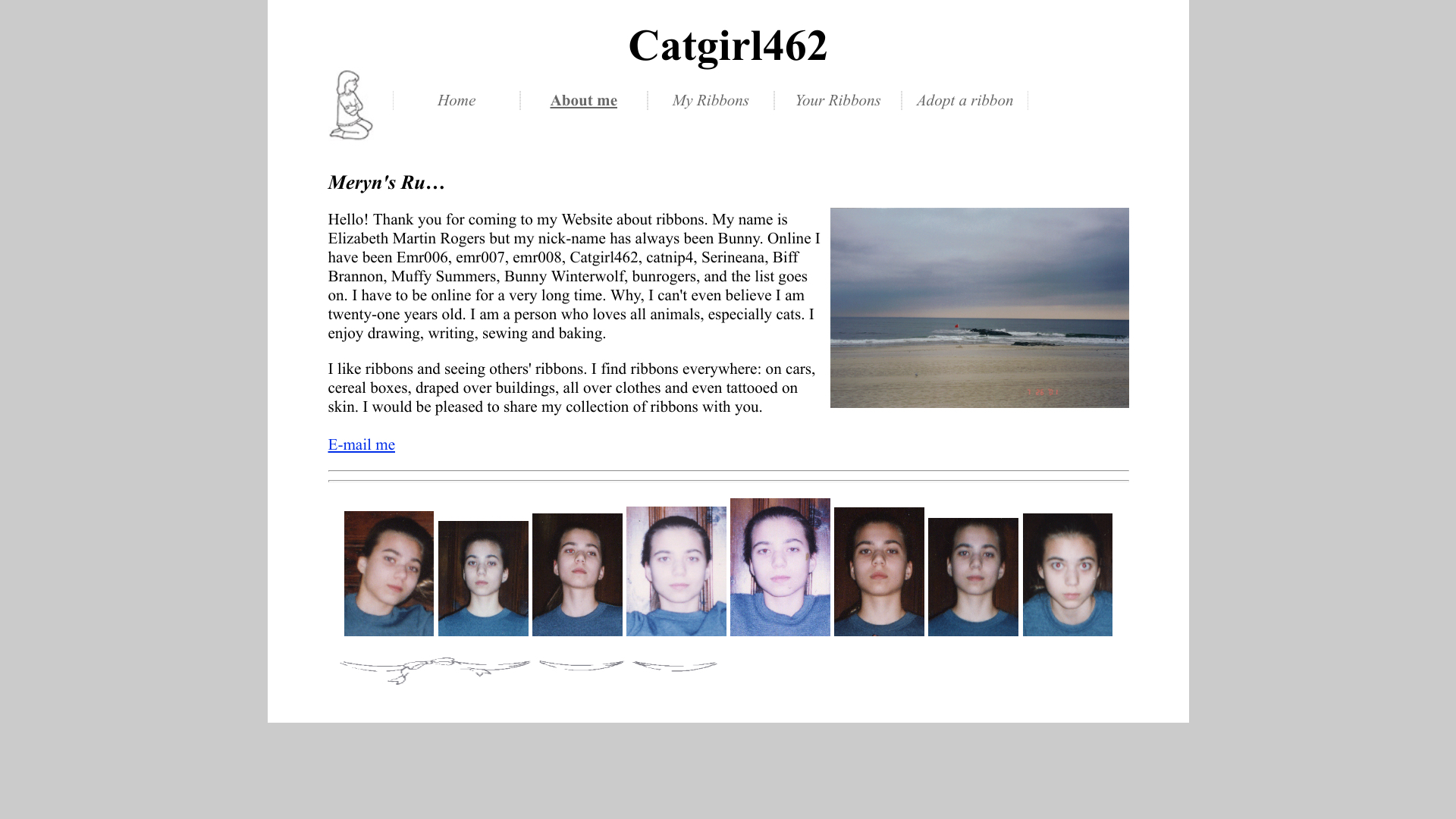
There’s a parallel to be drawn between these niche online groups and the experience of the US education system, driven into cliques by sexism, classism, racism, anxiety, hormones, and violence. Much of Rogers’s work deals with this period of people’s lives, and some of her best known work focuses on the cultural memory of the Columbine High School massacre. In the animated short Columbine Cafeteria (2016) a Second Life avatar called Mandy sits in a room designed to resemble the cafeteria where the shooting began, and plays piano covers of three songs by Elliott Smith. Rogers’s interest in this infamous episode of US history lies in “how long it takes for people to process trauma”, and how it is dealt with “on a communal level”. Relating this work to more recent shootings, she says, “We’re in a language now where traumas are very subjective and personal and hard to talk about, and why wouldn’t they be? But I feel like it’s also important to keep in mind that you’re not alone in your pain”.
- Mandy's Piano Solo in Columbine Cafeteria (still), 2016
- Installation view at Société Berlin 2016. Courtesy the artist and Société
Similarly, her work in the foundation recalls the formation of self-image during high school years. These series of prints, entitled Study for Joan Portrait (2016), and Study for Joan Portrait (Silence of the Lambs) (2016), could be described as fan-art of the character Joan of Arc in the short-lived MTV cartoon Clone High—where clones of historical figures attend high school. Though Rogers tells me, “Studies is kind of a misleading name, because they’re more like erasings, they’re toned down versions of portraits I made in 2014 for Columbine Library”. These original portraits were laden with symbolism like some teen’s decorated journal, in the new works, only blank-faced grey CGI figures remain. She considers these new works, “much more accurate” self-portraits.
“I think that a lot of the time art doesn’t fit in with the world… I was told in art school that I wouldn’t make it, that I was a pervert, that I needed institutional help”

There’s a sense of irony given the title of the foundation’s show, Au Diapason du Monde (In Tune with the World). It seems so at odds with her work, which questions precisely what “the world” is, whose it is, and the steps one has to take to become a part of it. I ask whether, in her mind, art should aim to be “in tune with the world”; “I think that a lot of the time art doesn’t fit in with the world… I was told in art school that I wouldn’t make it, that I was a pervert, that I needed institutional help, mental help. But because I felt so committed to it, I told myself to just keep going and to not let it get to me, and that it was more reflective of them than me. But that’s really hard to keep in mind, it’s not like it didn’t hurt my feelings or affect me, or make me feel like I did have these irreversible character flaws. So, I would like to see less homogeneity and more freaks dealing with their issues.”

I need to ask her, is she optimistic this world can be made? “I have to be optimistic. Of course, I have my moments, daily, and sometimes they’re long moments. Sometimes they’re really long, but I have to be hopeful, because checking out isn’t an option.”
